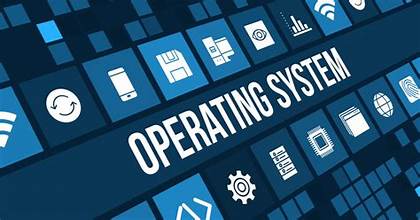
A keyboard is a peripheral input device for computers and other electronic devices. It consists of a set of keys or buttons arranged in a specific layout, typically resembling the layout of a typewriter, with additional keys for special functions.
Here’s some detailed information about keyboards:
- Layout: Keyboards typically follow one of several standardized layouts, with the most common being the QWERTY layout. This layout is named after the first six letters in the top row of keys. Other layouts include AZERTY and Dvorak, which are used in different regions or for specific purposes.
- Types of Keys:
- Alphanumeric Keys: These keys include letters, numbers, and some punctuation marks.
- Function Keys (F1-F12): These keys are located at the top row of the keyboard and are usually programmed to perform specific functions within software applications.
- Modifier Keys: Keys like Shift, Control (Ctrl), Alt, and the Windows (or Command) key on Mac keyboards are used to modify the function of other keys.
- Navigation Keys: These keys include arrows for moving the cursor, Home, End, Page Up, and Page Down keys for navigating within documents.
- Special Keys: These keys include the Enter (Return) key, Backspace, Delete, Caps Lock, Tab, and Esc keys, among others.
- Connection Types:
- Wired: Keyboards can connect to a computer via USB or PS/2 ports.
- Wireless: Wireless keyboards use Bluetooth or RF (radio frequency) technology to connect to a computer or other devices.
- Mechanical vs. Membrane Keyboards:
- Mechanical Keyboards: These keyboards use individual mechanical switches under each key. They offer a tactile feedback and are favored by some users for their durability and typing experience.
- Membrane Keyboards: These keyboards use a single membrane layer beneath the keys. They are generally quieter and more affordable but may lack the tactile feedback of mechanical keyboards.
- Gaming Keyboards: Designed specifically for gaming enthusiasts, gaming keyboards often feature additional programmable keys, customizable backlighting, and ergonomic designs.
- Ergonomic Keyboards: These keyboards are designed with a more natural layout to reduce strain and fatigue during extended typing sessions. They may feature split designs or curved layouts.
- Virtual Keyboards: Some devices, particularly smartphones and tablets, offer virtual keyboards that are displayed on the screen and can be operated by touch.
- Key Switches:
- Mechanical keyboards use different types of key switches, each with its own feel and sound. Common switch types include Cherry MX, Razer, and Logitech Romer-G switches.
- Multimedia Keys: Many modern keyboards include additional keys for controlling multimedia functions such as volume control, playback, and mute.
Overall, keyboards are essential input devices for computers and are used for various tasks such as typing, gaming, programming, and controlling software applications.




